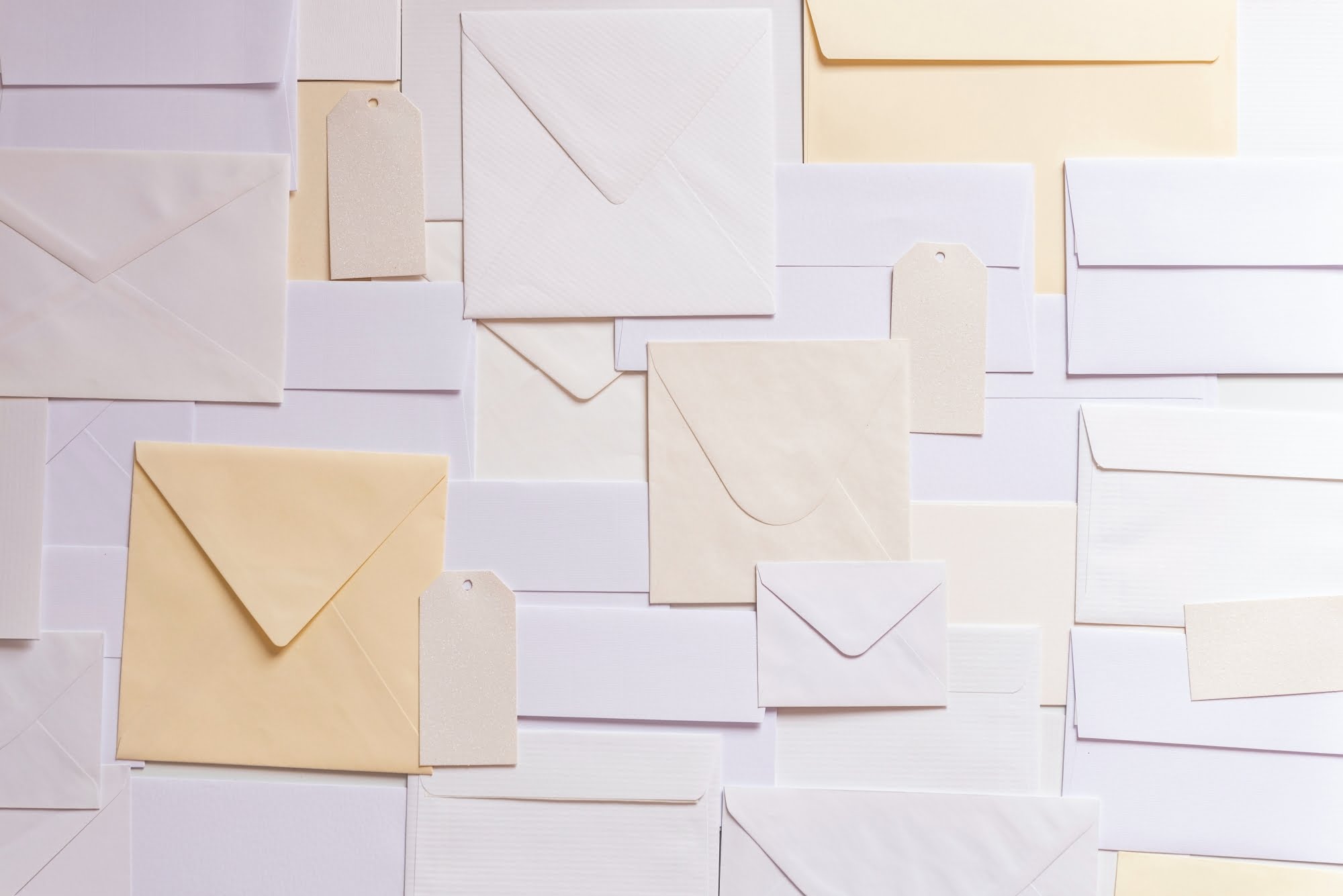In biblical studies as in other knowledge work fields, email is everywhere.((Header image provided by Joanna Kosinska.)) But it’s prominence and frequency far outstrip its importance.
Because of this, email and similar tools have a distinctive capacity to pull you away from more essential activities into less essential ones. Thankfully, however, you can minimize email’s downsides while you maximize its value for cases where you can’t readily avoid it. So, needing to email a journal editor about publishing an article needn’t leave you paying excess “email tax.”
One of these ways is by addressing email less frequently but in larger batches.
The Value of Batching Email
The idea of batching your interaction with email is nothing new. It’s documented at least as early as 2000 when an insightful “middle manager” named “Doug” observed how
Oftentimes you see something pop up on the screen and you want to respond to it right away. On the other hand, there are times when things batch together, when you get a lot of things all at once.((Bruce K. Bell, “The Role of E-Mail on Information Overload in Organizational Managers” (Walden University, PhD diss., 2000), 259.))
Doug’s observation is no less correct even if it now comes from what now appears to be a quaint context. In response to whether he “ever fe[lt] overwhelmed with all [his e]mail,” Doug reflected,
I receive 10 to 30 e-mail messages a day, maybe closer to 10 to 20. I send on average about five or six e-mails a day.… The only time I feel overwhelmed is after I’ve been gone a number of days and you look and see that you have 57 messages to respond to, or something like that.((Bell, “Information Overload,” 259.))
Since 2000, email has only proliferated further. With that proliferation, email’s propensity to induce overload and pull your attention away from more essential activities has also grown.
Batching your interaction with your email isn’t going to eliminate any of the constraints that you, as a finite human, have for interacting with it. But it’s striking how much this workflow can reduce the total footprint that your inbox makes on your day.
A Personal Test Case
For instance, I’ve now shifted my schedule for email to be 40% less frequent. Even though I still planned for email take roughly the same amount of time, I’ve regularly found that this shift means it actually also takes around 40% less time. That’s not a function of anything that I’ve been able to tell except for the greater efficiency of doing the work in a larger batch.
Your mileage may vary. But the value of batching as a principle has been discussed and affirmed widely enough that you’re likely to see some good benefits from the practice too.
What’s more important is that your non-email time will then be more contiguous and uninterrupted. And this structure of your time facilitates greater focus during that time on whatever priority you’ve set for yourself during it.((See, e.g., Cal Newport, Deep Work: Rules for Focused Success in a Distracted World ( affiliate disclosure; New York: Grand Central, 2016); Cal Newport, A World without Email: Find Focus and Transform the Way You Work Forever ( affiliate disclosure; New York: Portfolio Penguin, 2021).))
